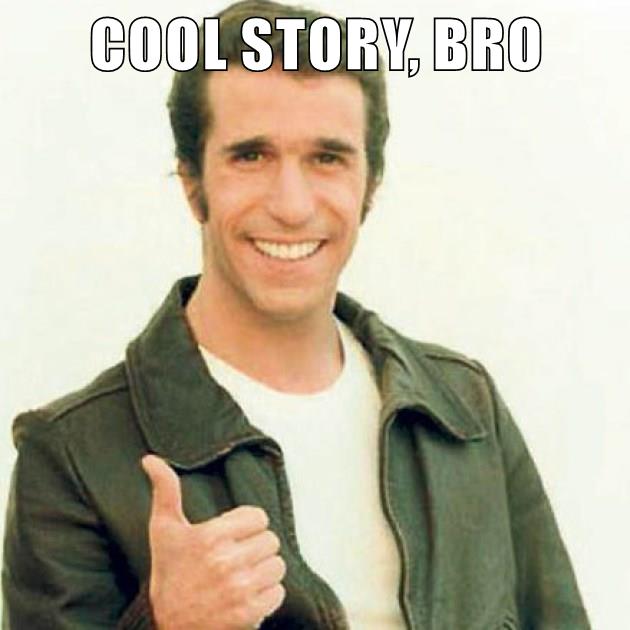Spoken Word Times, 2150
In 2150, the Meme Archive and the Centre for Research on Performative Memory was established in the Cydonia Region (a site made famous as the location of the Face on Mars). Parchment, vellum, paper mills, printing, and silicon as well as other facets of the computer industries—in other words, the historical apparatuses that have enabled transmissions of information in the “Tomb World” of Earth—remain nonexistent in the fledgling colony. As a result, Martians have witnessed a return to oral culture, a so-called Ongian reversal from the primacy of print to speech and modes of hearing. In this regard, 22nd-century memes share some of the characteristics of the Homeric epic, underscoring the episodic form—that is, the assemblies of formulaic fragments—and flat characters or archetypes, which act as memory aids for the Early Earth Bard as they now do for the MMM or Martian Meme-Maker. However, leading specialist of Early Earth, Dr. Gon, along with his mentor Dr. Yrrep, have also stressed that the remarkable similarities of Martian memes with the Homeric epic raise the question whether memes on 21st-century Earth may have been speech acts themselves that required real world witnesses despite the societal reliance on cybernetic modes of transmission. Indeed, Dr Gon pointed out that the popular Martian Meme “Stoning”—in which a MMM rests his/her head on a rock while mumbling formulaic insults to the audience—may be related to one Mr. William Wonka, a popular chocolatier of the 20th century, whose sarcastic, unflattering pictures were apparently widely disseminated by his enemies. Unfortunately, given the lack of data on the 21st century “Tomb World” and our present inability to visit its ruins, such insights remain purely speculative. Nonetheless, the Meme Archive and Center for Research on Performative Memory is committed to exploring these investigations through oral assemblages of poetry, and it is hoped that the increasing corruption of memes through misuse, iteration, and miss-transmission may in fact bring us a little closer to the truth of 21st century meme culture.
Back from the Future
Spoken Word Times, 2150 ·
the future of food porn ·
Wið færstice
Bacterial Memes + Bionic Vision ·
Threading the Needle ·
The New Device
Hence the phrase:

I hope that helps!
What then to make of the conflict between the Mork entity and Fonzie?
I agree that there is a phallic character to the thumbs up gesture, and here it is contrasted with the pointed finger gesture of the Mork (are there any other documents of the Mork beyond this reference in the Fonz text?). It’s as if the two regimes of embodied masculinity are being placed in direct competition with each other. It seems to be much more than an ironic/symbolic gesture of “cool” (even if that is what it becomes for the everyday user) and instead is connected to an actual energetic force projected from the hand or some sort of hidden device. I had not considered the meaning of “A,” but given its relationship the Tomb alphabet, the equation of the phallus with primacy seems significant. A second text that I have been trying to understand are the secondary renderings of the Fonz and his “Happy Days Gang”. Are these texts considered apocryphal? Here, you see the Fonz traveling through time. Again, you see the repetition of the “A” and the thumb-phallus gesture, along with a stylized performance of personal grooming:
Unfortunately, I lost total cohesion shortly after posting my response. I’ve since been recompiled but I may be missing some genetic neurotechnobabble markers, so please ignore any lapses in thinking as I respond. The Fonz and the Mork video you posted is certainly interesting as the main figures seem to occupy three distinct zones of masculinity: one physical, as embodied by the Fonz, the affective as performed by the Richie, and the exotic alien Other, who might stand in, I wonder, for a displaced masculine sexuality. It occurs to me that the Mork’s violence is predominately directed towards men in this scene, so it begs the question as to the extent the pointed finger and the raised thumb are deployed here as duel-like actions. We might want to consider then whether the Mork and the Fonz battle is, in fact, an expression of a broader societal suspicion towards close male comradery. In this regard, the gestures are less theatrical than ritualistic as male bonds are forcibly broken in a physical, yet occultic, display of prowess. Certainly, the disembodied laughter adds to the sinister overtones. Are these utterances of a dispersed divine subjectivity? That said, I am curious by the absence of the Mind-ye in this scene, as I was led to believe that she always accompanied the Mork to provide additional commentary, like a midrash, to frame his explorations. Strange!
As for the second video, two questions come to mind. Firstly, can nonidexicality and artifice create spaces for authenticity (or even Truth)? Secondly, what is the relation of the Fonz and his embodied performances to other cultural figures and transformative behaviours? Was the raised thumb gesture prolific during the 21st century? It is curious that the video demonstrates a strange assemblage of the science of time travel and diner culture, which raises the possibility that gestures/behaviours/performances could migrate across different subcultures and transform into something completely different. I wonder if the raised thumb is not unlike the pinkie waggle we see among the Cydonian clones! However, 20th century time travel is not my area of expertise, although I believe Earth, at the time, had extensive body of knowledge thanks to leading scientists such as Captain Janeway, The Doctor, and the mysterious Terminator.
Off topic, but I wonder whether the Fonz might be related to the Fozzie?

That is a strange manifestation of the Fonz entity. I noticed when accessing virtually all of the documents that they contain both the thumbs up gesture and the thumbs down gesture, with a counter to quantify the number of pro- and anti-Fonz viewers of the imagery. While it clearly seems that the Fonz is a powerful entity, it seems that Tomb World cultures seems to tolerate the coexistence of both positive and negative relationships to the Fonz gesture (though the numbers seem to indicate more adherents to the thumb up principle). One wonders what to make of the side-by-side existence of both groups in a common ritual space.
Secondly, the laughter is something I have also puzzled over. I had not considered the possibility that these voices were the expression of some sort of dispersed consciousness emanating from the Tomb World itself. I wonder if the typical inhabitant of the Tomb World would experience this sinister laughter in their daily lives or if the Fonz figure was able to hold them in abeyance. I do know that the Jumping of the Shark is widely recognized as the point at which the Fonz entity declined in influence and that from this point forward, Tomb World civilizations began their decline.
Talan Memmott
Davin Heckman
Claire Donato
Sergio Figueiredo
Jeremy Hight
Jeff T. Johnson
Kelly Lydick
Mark Marino
Craig Saper
Orchid Tierney
Erik Zepka